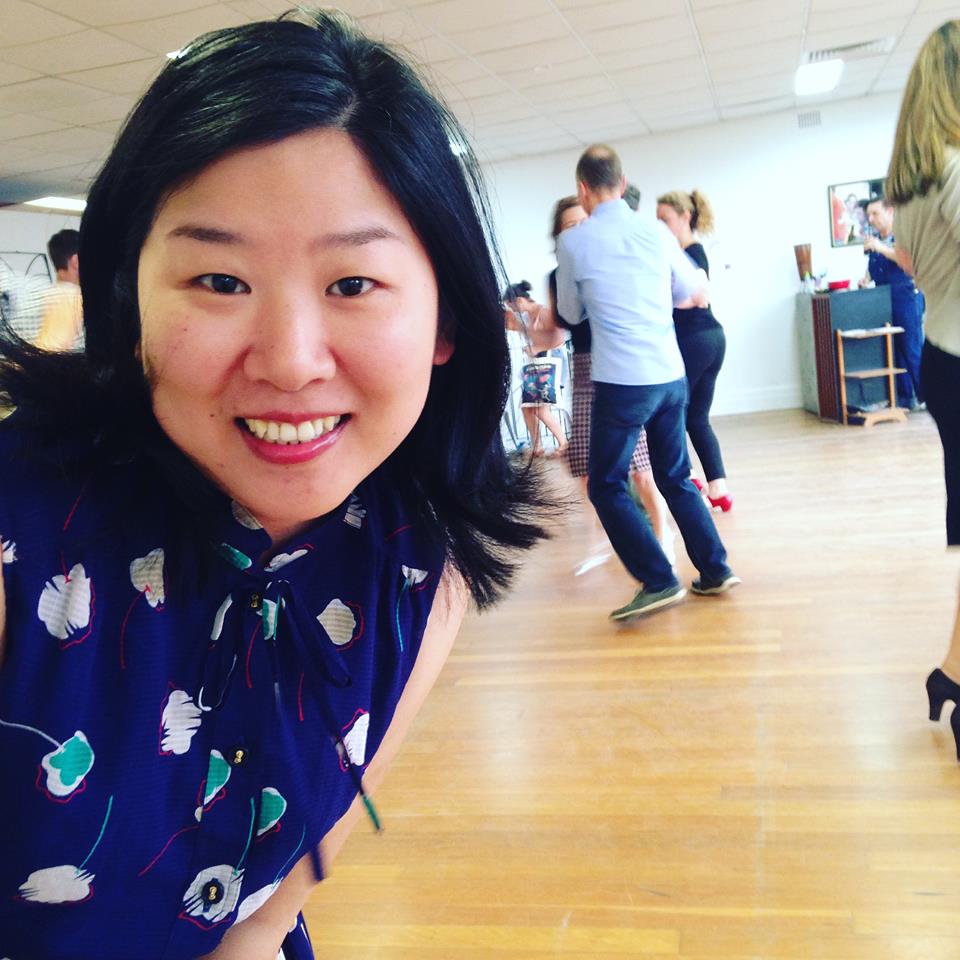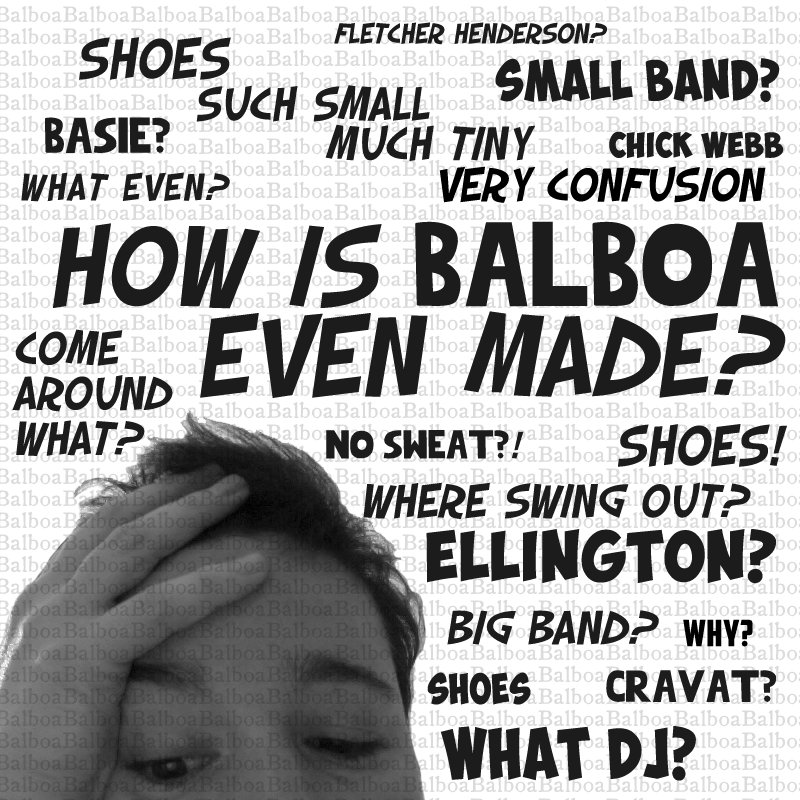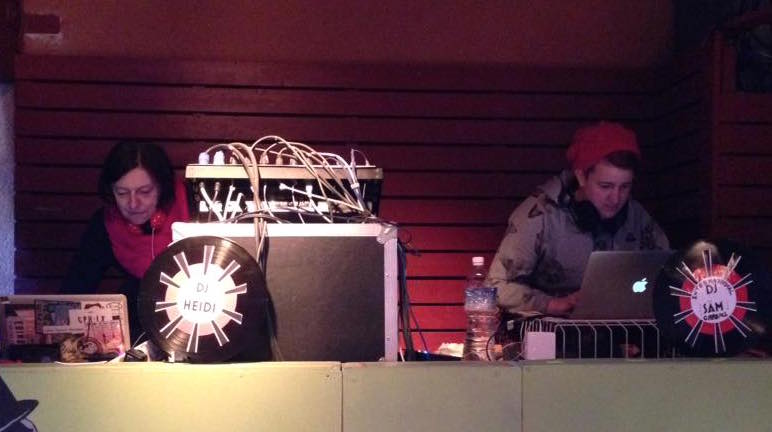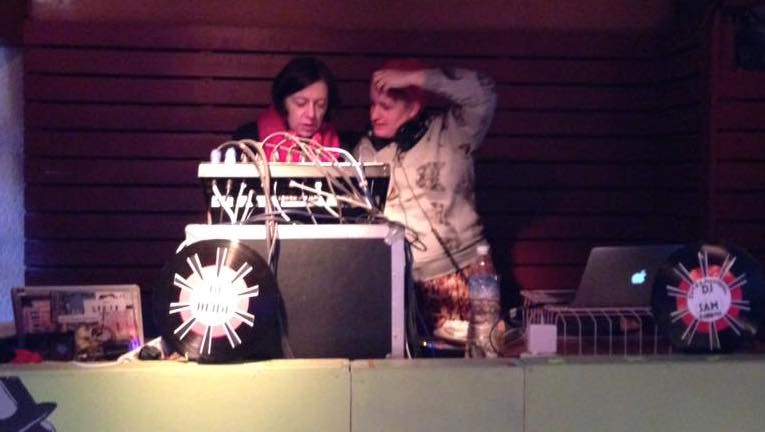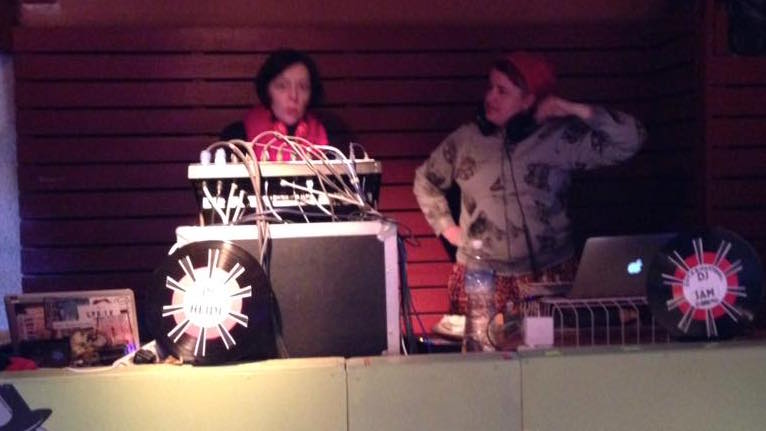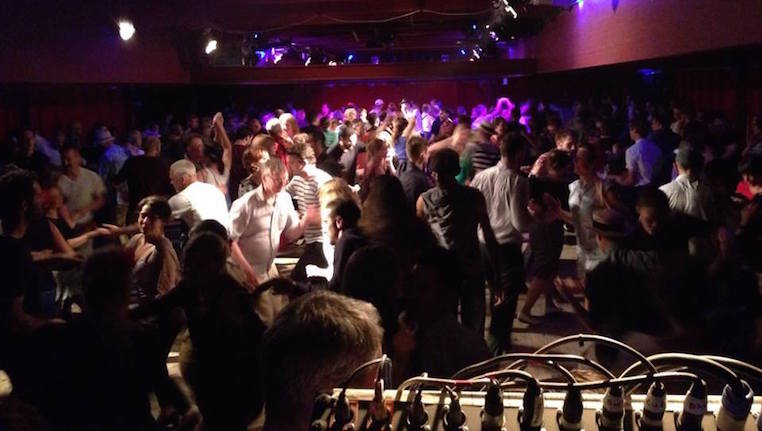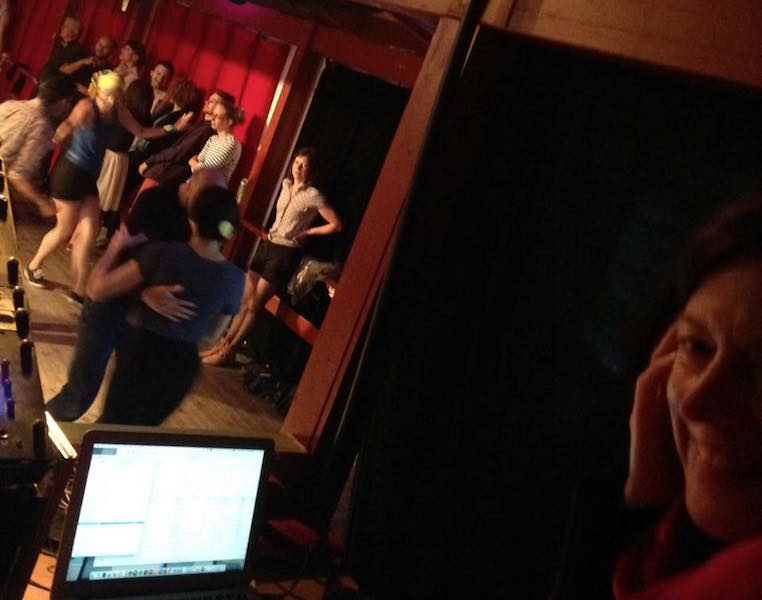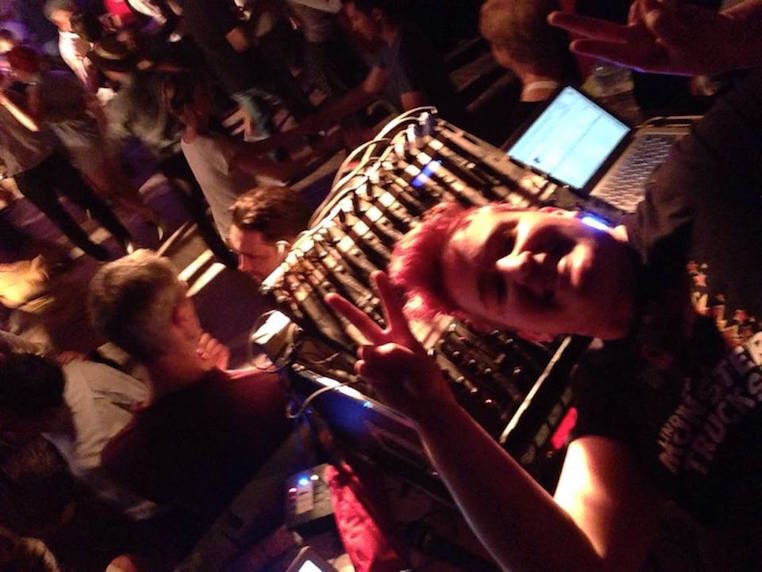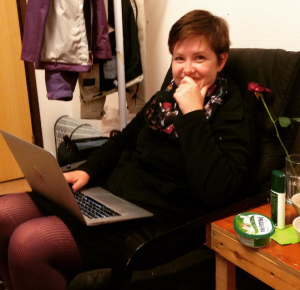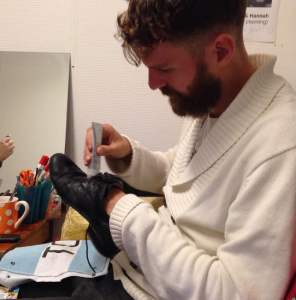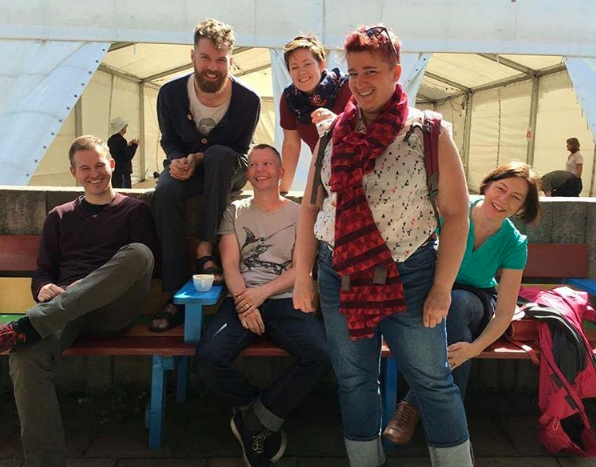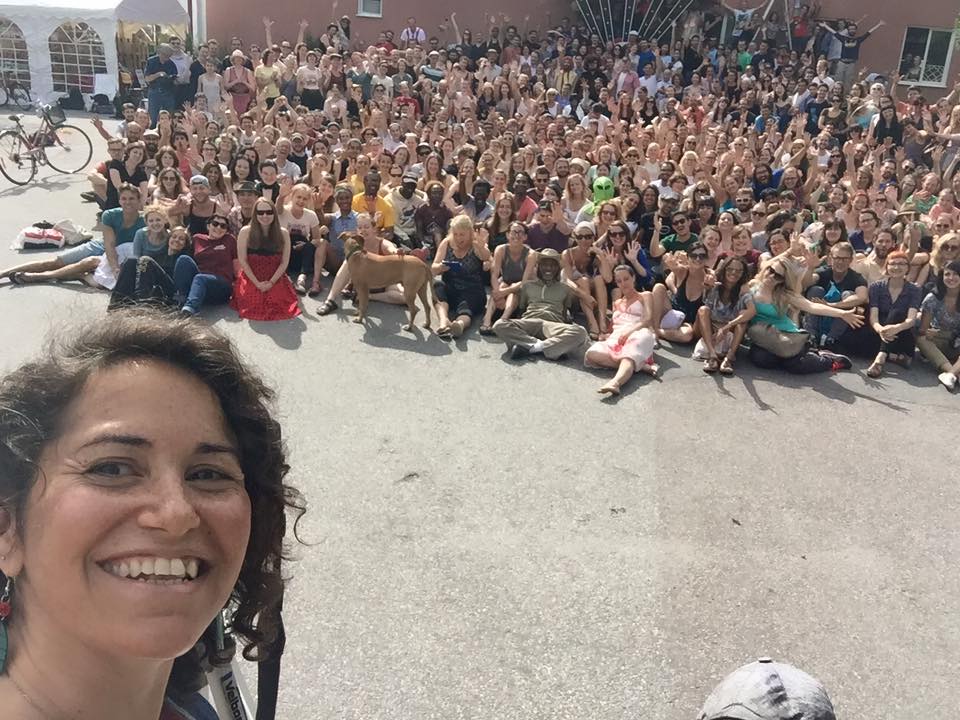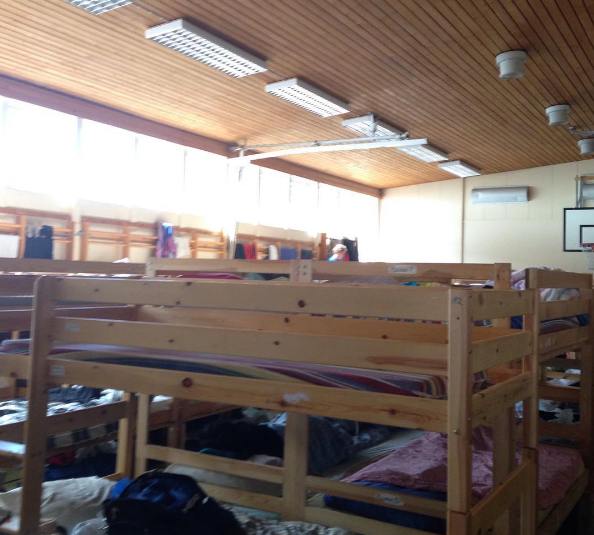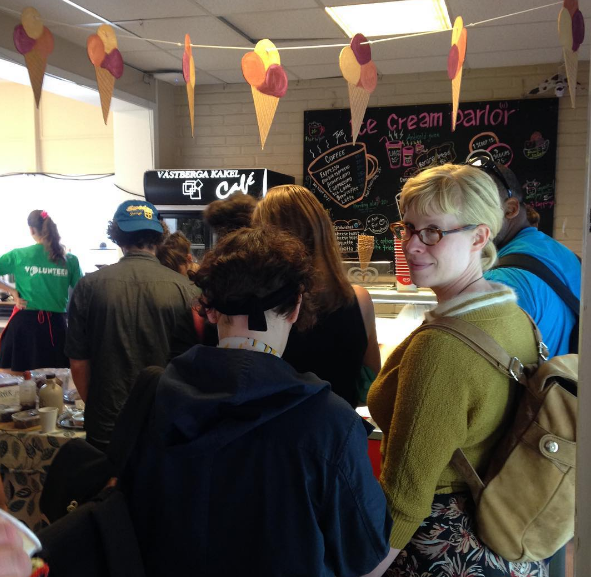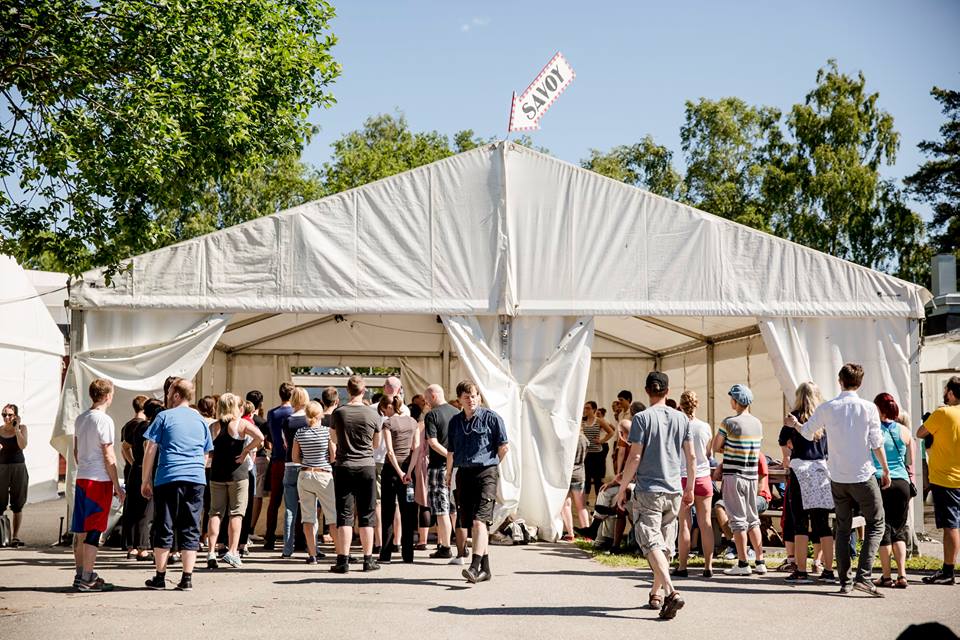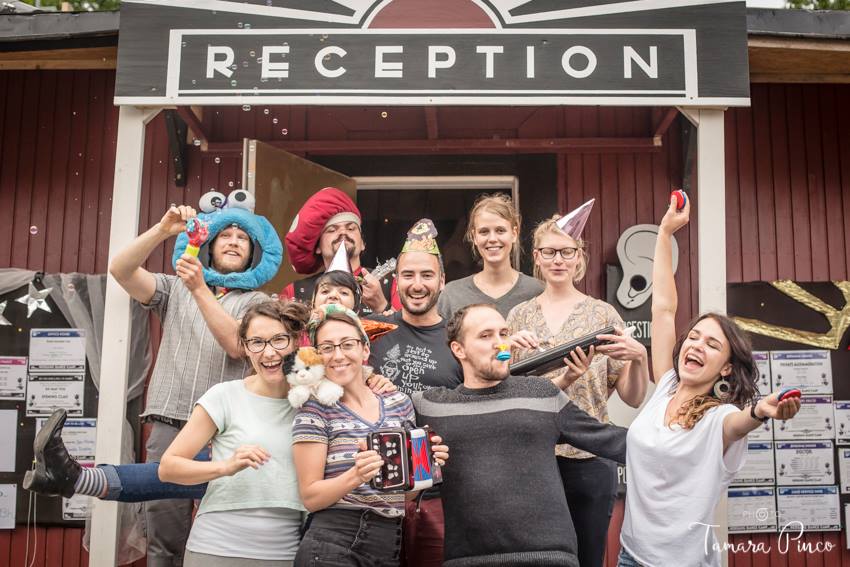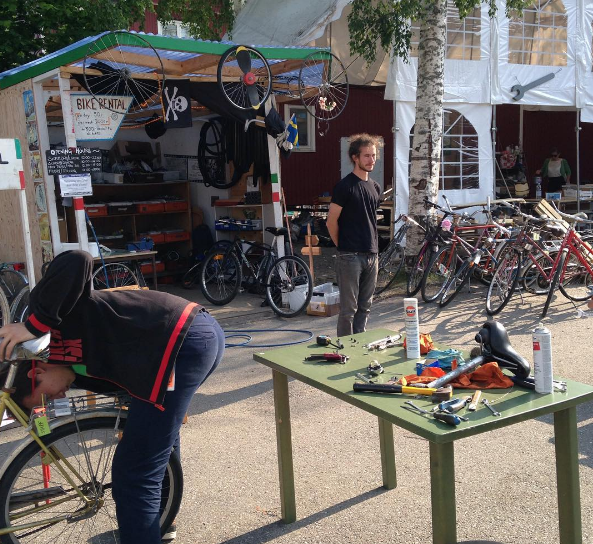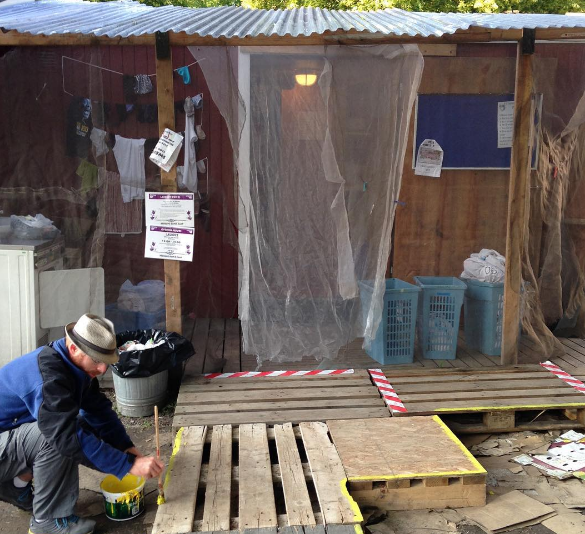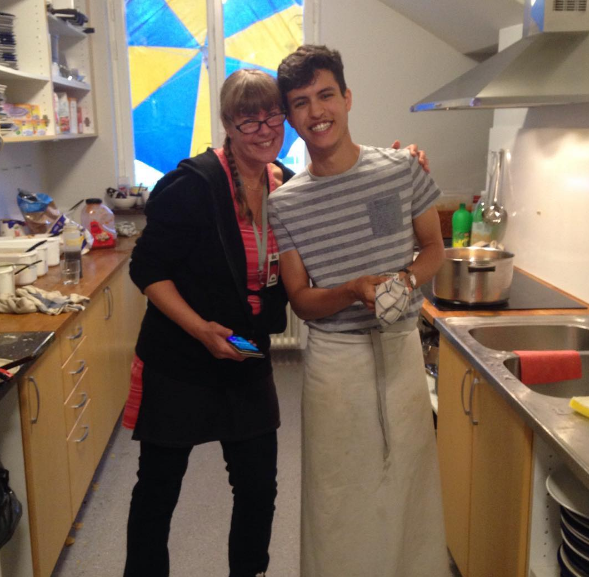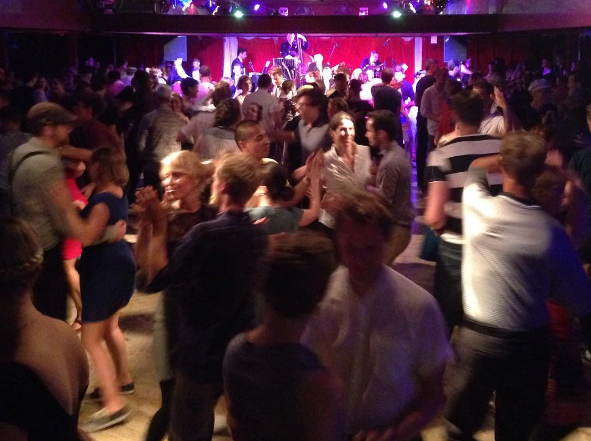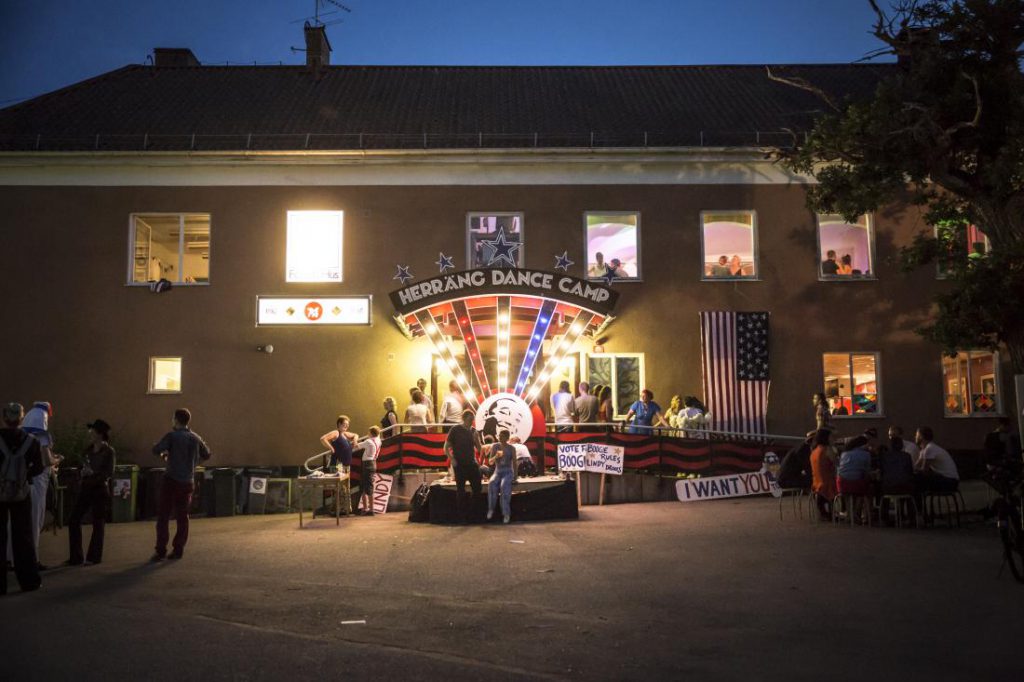[note: this is a discussion that began as a fb post, then outgrew itself as I commented on my own post zillions of times.]
The list of people I’ve blocked on fb over the years correlates with the list of men who’ve been accused of sexual assault and harassment. This behaviour doesn’t happen in isolated incidents.
As R said on fb, “Scary stuff!”
…and yet kind of helpful. We can learn to identify the common traits of offenders.
This is one reason why we should be asking questions about events that don’t pay workers, don’t provide clear, written terms of employment/agreements, and don’t address other issues of equity and justice.
There is also often a correlation between exploiting workers (whether volunteers, paid employees, or contractors) and sexual harassment and assault. Which makes sense when you think of harassment and assault as being about power and control, instead of just being about sex (or even being about sex at all).
I’ve also noted that an insistence on not writing down terms and agreements also correlates with exploitation and harassment. If you don’t write down the terms of the agreement, then the worker (or the less powerful person in the relationship) can’t refer back to it to respond to questionable behaviour. It is much easier to gaslight someone (“It didn’t happen! You’re imagining it! You’re overreacting! It was just a joke!”) if you don’t have a clearly articulated list of what the job does and does not involve.
Incidentally, this is another reason why I actually explain what we define as sexual harassment in our code of conduct. So that people who just ‘have a feeling’ can follow up those ‘feelings’ with reference to a list of specific behaviours. When you have a list like this, and it’s in writing, and available to everyone, it’s much harder for someone to gaslight you, or pass off their behaviour as a ‘misunderstanding’.
I really like a code of conduct to be very specific.
And why I insist that people read it before they accept a job with me. If they read it, then we all know what’s on and what’s not on. And we remove that airy-fairy, amorphous confusion that benefits the people with social power (eg the power to physically intimidate).
A code of conduct is a way of empowering less powerful people. It gives them the tools to articulate their concerns, and to say, “Hey! STOP! I don’t like that!”
If you rely on ‘common sense’ or ‘the rule of law’ to determine how dancers treat each other, you assume that all parties have the same ‘common sense’ or the same understanding of the law and willingness to abide by this.
Which is obviously not the case.
In my case, I don’t think ‘the law’ actually does a good enough job of articulating behaviour I think is wrong or inappropriate. Nor does it deter men from offending.
And because dancers come from different cultures, different backgrounds, and share different values, we don’t have a ‘common’ sense of how we should treat each other. And it’s patently obvious that offenders do think it’s ok to harass and assault people.
So we need a clear outline of these values or sense or laws.
The truly terrifying thing is that I’m beginning to suspect that there’s a network of mutual protection between male offenders in the lindy hop scene.
As J said on fb, “I want so badly for you to be wrong about this…” Me too. But it’s logical. In many cases offenders don’t believe what they’re doing is wrong, so they don’t quash that behaviour in other men, and don’t manage their events to prevent it.
These thoughts were prompted by my going through my events for the rest of the year, and my DJing and traveling for next year. What are my limits as a punter and DJ. What events will I avoid? Do I need a written agreement and code of conduct to attend an event? If there is no explicit code, what sort of broader set of guidelines and strategies will I accept in substitute? If I do refuse to hire known offenders, how do I find out who these offenders are, if women are unwilling to publicise this knowledge, for fear of their own safety? And how do I develop the networks that can help provide this information?
All terribly cheering thoughts in this last, busy part of the dancing year.


